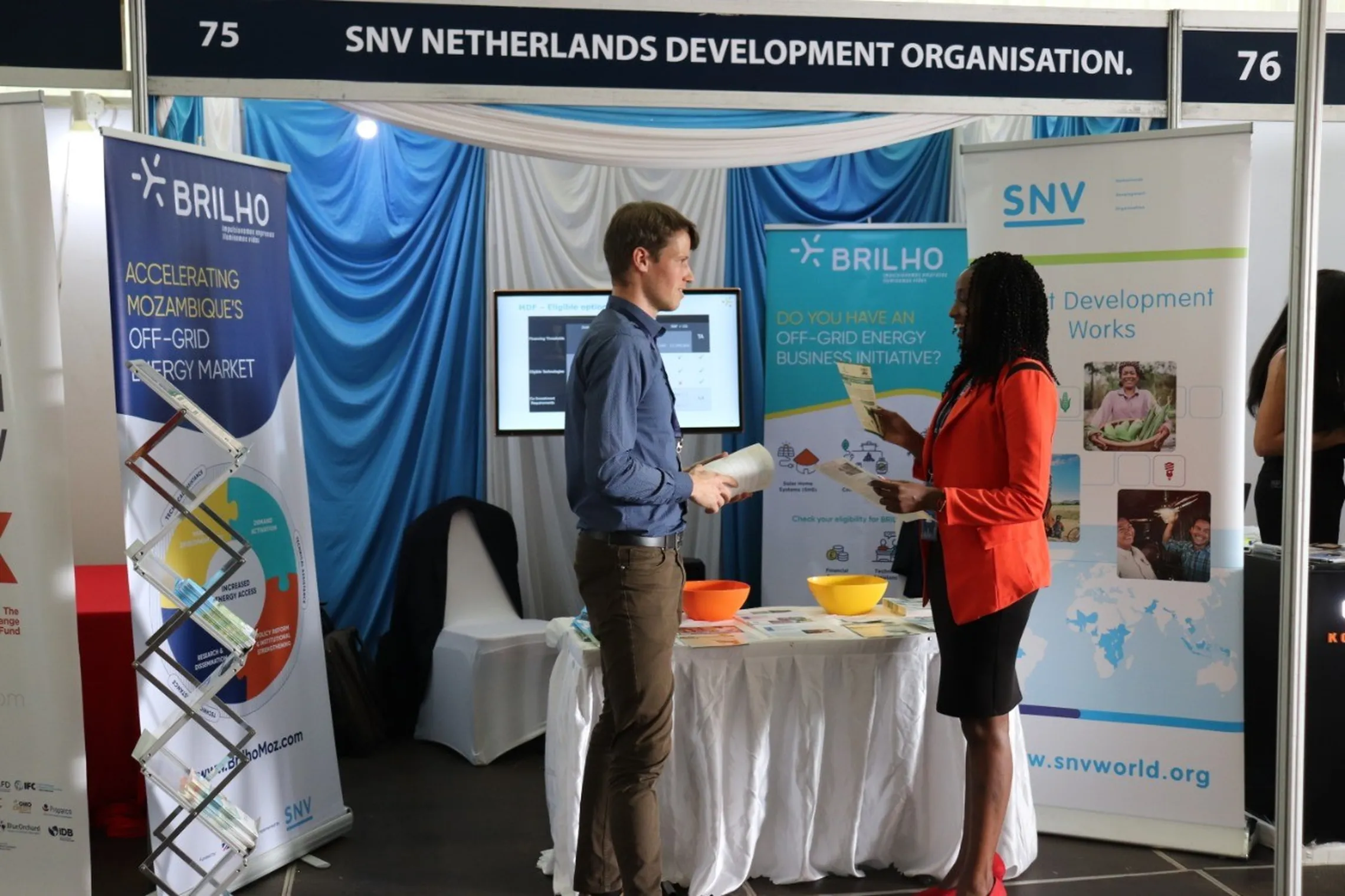SNV works towards 100% household electrification

The fact that you are reading this blog on your phone or laptop right now, implies you have access to the internet and electricity.
Although significant progress has been made to reach the global energy targets set in the Sustainable Development Goals (SDGs) for 2030, the number of people living without electricity still is as high as 840 million. The biggest challenge lies in connecting the poorest and hardest to reach households in remote areas in sub-Saharan Africa. For these areas, solar energy is a viable solution.
The Kenya Off-Grid Solar Access Project (KOSAP), funded by Kenya’s Ministry of Energy with financial support of the World Bank, is a perfect example how electricity can be provided to households in the remote areas of Kenya with relatively high percentages of people without access to electricity. In this project SNV, in partnership with SunFunder, is managing the facility to incentivize private sector companies to open or expand their business to sell off-grid solar and clean cooking solutions.
Market-based approach
SNV believes this market-based approach is key to sustainable development. If solar products are widely available, reasonably priced, and people see the added value, they will sell. For instance, it was great to see solar lanterns being sold for as little as $6 at the petrol station I stopped during a road trip in Kenya, including 2 year warranty.
The 14 selected counties of Kenya served by KOSAP however, are very remote and have low population density. In these areas, there is high potential for the development of a market for solar home systems and clean cookstoves, as there mostly is no electricity grid available yet. The Government of Kenya, through market entry facilitation funds and result-based incentives, is kick-starting the off-grid solar market in these areas, with the goal of selling a total of 250.000 solar home systems, and 150.000 clean cookstoves to households.
Affordability
A basic solar home system typically includes a solar panel, a battery to store the energy, a rechargeable radio, a couple of LED light bulbs, charging cables and a torch. The retail price for such a system lies between $200 and $300. Larger systems, including a television and larger appliances like a solar irrigation pump, are also available. Because for most households the initial costs are too high, companies offer the option to pay in installments (pay-as-you-go). Small payments of $0,50 per day help households to spread the initial cost of purchase over a longer period of time. Using mobile money (e.g. M-pesa), payments are easily made and after the payment plan has finished, the household owns the system. Through international standards for quality of solar products and requirements for customer and warranty services, consumers are ensured to buy products that will last.

SNV at the GOGLA off-grid solar forum
GLA off-grid solar forum
GOGLA Forum on off-grid solar
From 18-20 February, I attended the Global Off-Grid Solar Forum and Expo in Nairobi to learn where the sector stands and how to accelerate the development of the global off-grid solar market. The Forum was opened by Kenya’s president H.E. Uhuru Kenyatta. His government has set the very ambitious target of 100% electrification by 2022, in which KOSAP plays a major role.
At the Forum, I’ve talked to many different government officials, representatives of businesses, financiers, and crowdfunding platforms. I started to see that it is as much about the quality of the products as it is about the enabling (market) environment to successfully develop a sector. It takes the collaboration of all these different players to further improve the quality and affordability of the solar products, but also to create awareness and demand, access to finance and an enabling business environment.
Learn more about SNV's off-grid solar initatives
Learn more about the KOSAP project solar energy project in Kenya which supports the deployment of clean cooking technologies for households, and the use of solar to drive the electrification of households, enterprises, community facilities, and water pumps.
Find out more about SNV presence at the recent GOGLA solar energy Forum.
The time for a revolution in off-grid markets is now. Read a guest blog by Christine Eibs Singer, Senior Advisor for SNV partner, Sustainable Energy for All.
Discover the BRILHO project which is committed is expected to increase energy access in Mozambique for 1.5 million people.